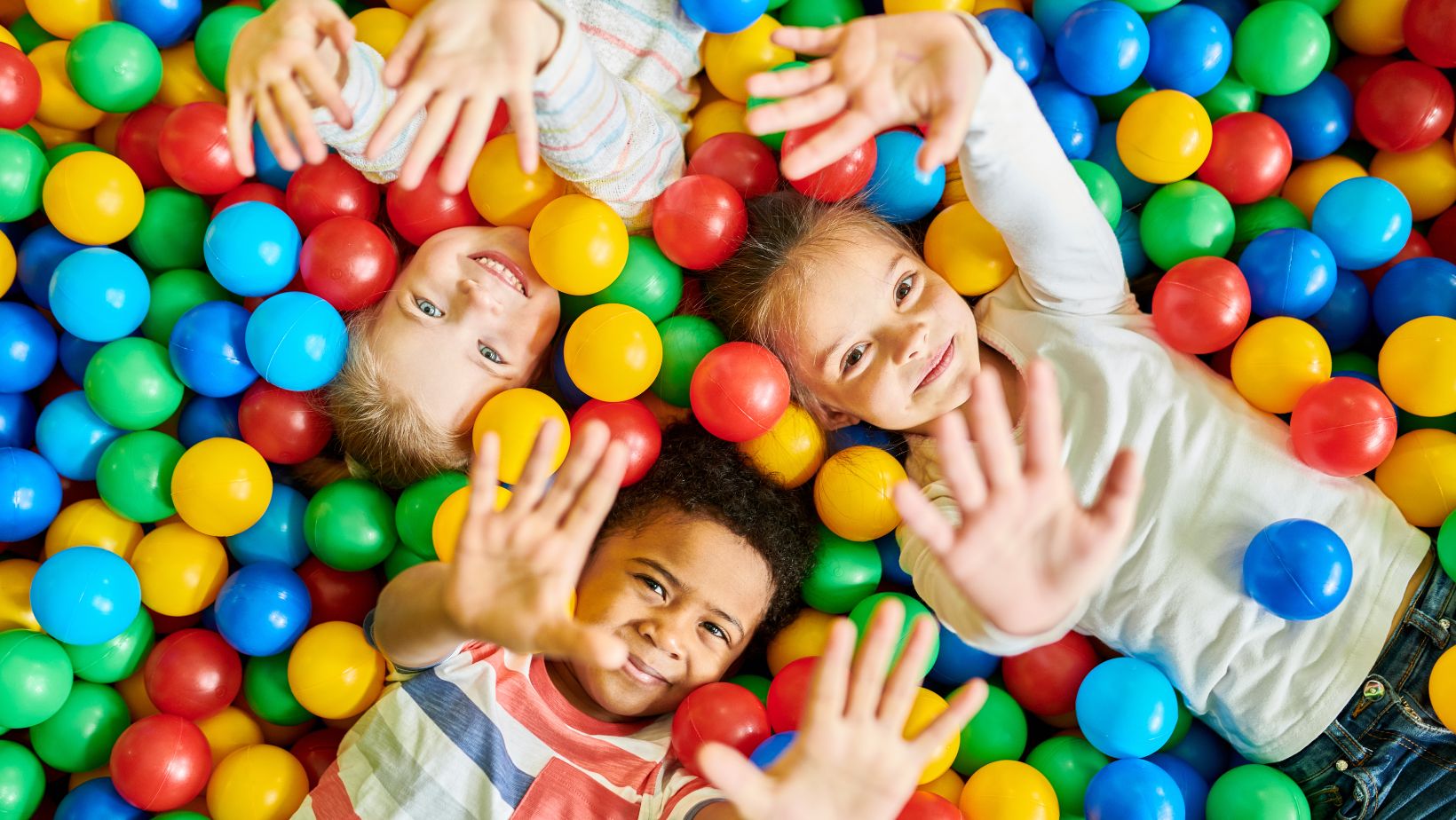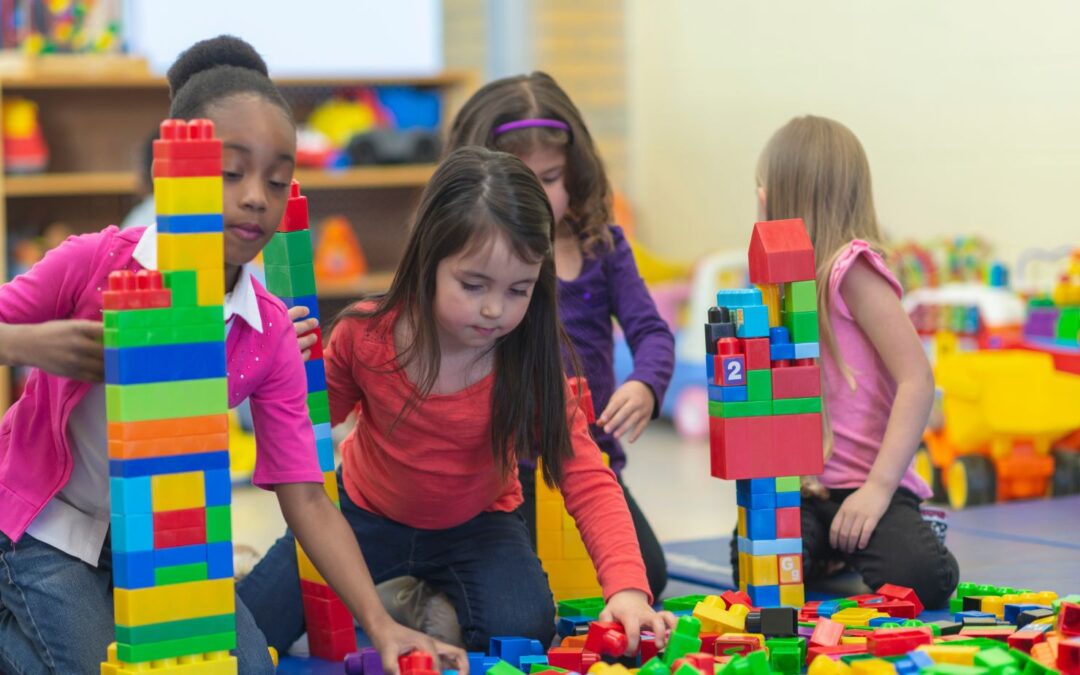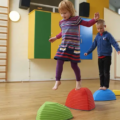In the modern era of education and technology, it’s easy to overlook the fundamental role of play in a child’s development. Yet, research consistently underscores the importance of play, especially when intertwined with imaginative elements, in fostering intellectual, emotional, and social growth. Imaginative toys, which spur creativity and problem-solving skills, have the power to shape a child’s developmental trajectory significantly.
The Role of Imaginative Toys
Imaginative toys are more than just entertainment; they serve as vital tools that can enhance a child’s creativity and cognitive abilities. These toys, such as building blocks, dolls, and action figures, encourage children to use their imagination to construct narratives, resolve conflicts, and explore possibilities. For instance, toys like awesome LEGO motorbikes not only engage children in constructing models but also inspire them to dream about dynamic scenarios, fueling both innovation and mechanical understanding.
Through such imaginative play, children develop critical thinking skills by experimenting with different roles and outcomes. While arranging LEGO pieces, kids learn about spatial awareness, balance, and geometry, often without even realizing they are partaking in educational activities. Furthermore, imaginative toys facilitate language development and emotional expression, helping children articulate their thoughts and emotions in creative ways.
Cognitive Benefits of Imaginative Play
The cognitive benefits of imaginative play are vast and varied. When children engage with toys that stimulate their creativity, they are essentially ‘brain-training’ while having fun. These activities require children to plan, predict outcomes, and solve problems, thereby enhancing their executive functioning skills. As they craft stories or scenarios, children improve their memory, attention span, and ability to think critically.

Additionally, toys that encourage imaginative play can introduce foundational concepts in mathematics, science, and engineering. Building sets, for instance, allow children to grasp basic principles of physics and architecture. This type of play fosters a growth mindset, showing children that they can learn and overcome challenges through experimentation and perseverance.
Social and Emotional Growth Through Play
Imaginative play is not just about cognitive development; it is also crucial for social and emotional growth. When children engage in role-playing with toys, they learn empathy and perspective-taking by putting themselves in different characters’ shoes. This practice helps them understand feelings and develop interpersonal skills essential for successful social interactions.
Moreover, imaginative toys provide a safe medium for children to express and manage their emotions. Through play, children can explore different aspects of their identity, experiment with social norms, and gain confidence in their abilities. Shared playtime with peers or family also reinforces cooperation, negotiation, and conflict resolution skills.
Choosing the Right Imaginative Toys
With the plethora of toys available in the market, selecting ones that effectively promote imaginative play can be challenging. Parents and educators should look for toys that are open-ended, allowing the child to dictate the play experience rather than following strict guidelines or scripts. Building blocks, art supplies, dress-up clothes, and puppets are excellent examples of such toys.

It’s crucial to strike a balance between guided play, where adults might suggest scenarios or themes, and free play, where children have full autonomy. Both forms of play are valuable, with guided play offering children exposure to new concepts and free play allowing them to explore their interests independently.
Encouraging Play in an Increasingly Digital World
In an age where digital devices captivate children’s attention, it’s essential to foster environments that prioritize imaginative play. While technology can offer educational benefits, excessive screen time can impede the development of critical life skills obtained through physical play.
To balance this, parents and educators should set aside regular screen-free periods that encourage traditional play. Outdoor activities and dedicated play areas stocked with imaginative toys can inspire children to explore their creativity in a tactile and engaging manner.
Conclusion
The power of play, particularly through imaginative toys, is a cornerstone of robust childhood development. By investing in toys that cultivate creativity and critical thinking and by promoting environments conducive to imaginative play, we empower our children with the tools they need to thrive cognitively, socially, and emotionally.
In embracing the art of play, we participate in nurturing innovative thinkers and empathetic individuals capable of shaping the future. As we continue to unlock the potential within each child, let us always remember the profound role that play, in its simplest and most complex forms, has in fostering a brighter tomorrow.





